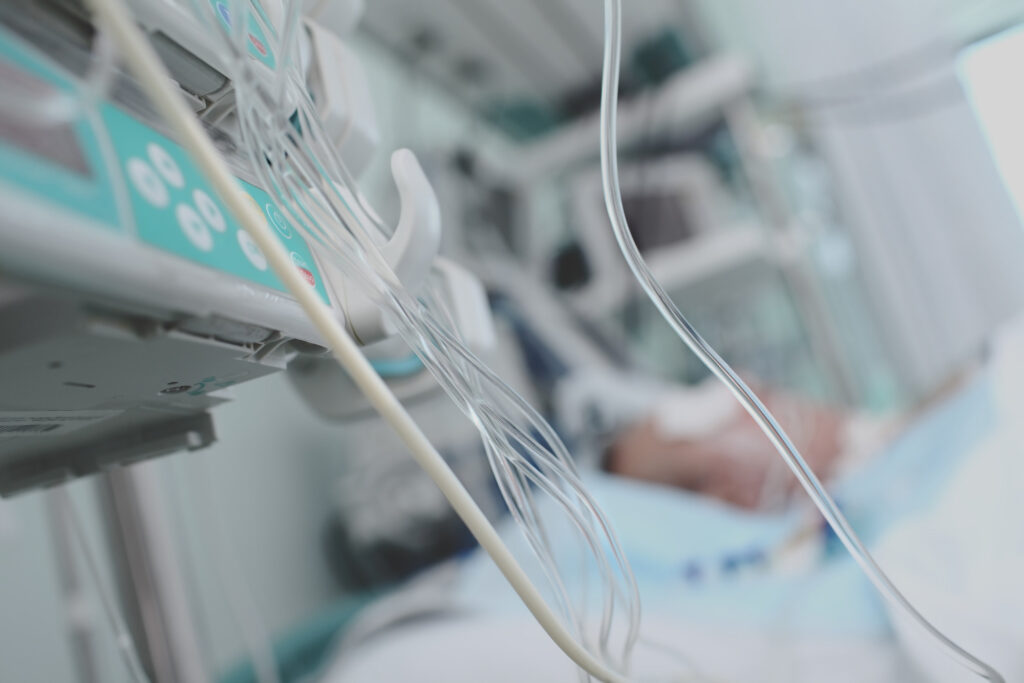New Mexico Birthing Injuries and Malpractice
A mother giving birth is one of the most special, memorable experiences a woman can have. The bond between a mother and child is something ethereal yet cherished. Unfortunately, such a bond can be damaged by birth injuries and medical malpractice. The medical malpractice team from Lerner and Rowe can help seek compensation for the harm done to you or your baby. Here’s some information from the professionals on birthing injuries and medical malpractice.

What is a Birthing Injury?
A birthing injury occurs when a mother or her baby suffer harm during the labor/delivery process. Some birth injuries are unavoidable, but many are caused by negligence and carelessness. Some examples of birthing injuries are the following:
- Fractures—If the baby is delivered in the wrong position, or if a healthcare professional performs aggressive maneuvers, the baby could suffer a bone fracture. If the baby is lucky, the fracture will heal within a reasonable amount of time. However, more serious fractures could cause lifelong complications.
- Erb’s Palsy—This condition happens when the bundle of nerves called the brachial plexus suffers damage. Usually, the obstetrician or another healthcare professional tugs too hard on the baby. This can cause the bundle of nerves to tear. If serious enough, Erb’s Palsy can lead to permanent weakness, numbness, and even paralysis in the arm and shoulder areas.
- Lack of Oxygen—Anoxia (no oxygen) and hypoxia (insufficient oxygen) are serious conditions that can lead to many problems. When the baby’s brain doesn’t get enough oxygen, their brain cells start dying. If not addressed quickly enough, hypoxia/anoxia can lead to permanent mental disability and even wrongful death.
- Bleeding—Bleeding/hemorrhaging in any part of the baby’s body must be addressed as soon as possible. If the baby loses too much blood, the baby could suffer life-altering changes, and they may even suffer wrongful death.
- Paralysis—Too much pressure on the scalp, face, or other parts of the baby’s body during the labor and delivery process can cause temporary or even permanent paralysis. Paralysis can also be caused by a healthcare professional who uses a medical tool in an incorrect way.
Mothers can suffer injuries, too. For example, if a mother’s preeclampsia isn’t addressed in a timely manner, she could end up having a life-changing seizure. Similarly, maternal diabetes is a common issue that, if overlooked, can cause serious complications.
But just because one of these injuries occurs, though, doesn’t necessarily mean the healthcare professional is at fault. To prove that medical malpractice occurred, three things must be present: a medical relationship, negligence, and harm.
What is Medical Malpractice?
Medical malpractice is comprised of three elements: a medical relationship, negligence, and resultant harm. These elements are crucial in differentiating some birth injuries from others. Briefly, medical malpractice is different from, say, birth defects, where the injuries are usually unavoidable and inherent in the baby. Medical malpractice, however, stems from reckless behavior that could have been prevented.
Medical Relationship—There must have been an official, medical relationship between the healthcare professional and the patient. Usually, this can be easily proven through documents such as medication receipts, doctors’ notes, treatment records, and other written documentation.
Negligent Behavior—The healthcare professional must have acted in a negligent manner. This means they behaved in a way below the standard of reasonable care. Other competent healthcare professionals would have exercised more caution and prudence in a similar situation. However, the responsible healthcare professional, for whatever reason, lacked the better judgment required to maintain the standard of reasonable care.
Resultant Harm—Even if a healthcare professional acted negligently, that is not enough to prove medical malpractice. The patient or her baby must have suffered injury as a direct result of the healthcare professional’s negligent actions. In other words, if the healthcare professional did not act negligently, the patient/her baby would not have been harmed.
What Can Be Done?
If you or your baby suffered a New Mexico birthing injury due to medical malpractice, don’t despair. There are steps you can take to seek compensation. Follow these instructions:
Seek Medical Help—You and your baby’s safety is of the utmost importance. Get medical aid as soon as possible.
Collect Information—Try to remember and gather any evidence you can. Medical documents can help identify when a malpractice error occurred that caused you/your baby injury. Also, try to remember any suspicious behavior on the part of healthcare professionals.
Contact Legal Help—Lerner and Rowe’s medical malpractice team is ready and willing to fight for your compensation. Give us a call for a free, confidential consultation.
Take it Easy—Give yourself some space to rest and heal. Focus on recovering while your legal counsel focuses on your compensation.
Suffer from New Mexico Birthing Injuries and Malpractice?
If you or your baby suffered from New Mexico birthing injuries and malpractice, contact Lerner and Rowe immediately. Our medical malpractice professionals work day and night for your just compensation.
Visit us in our office, Monday through Friday from 8:00 a.m. to 5:00 p.m. Additionally, you can call us anytime at 575-544-4444. Finally, you can get in touch with us online via a contact form or through our convenient LiveChat feature. Consultations are absolutely free, and we don’t collect any fees until we win your case. So, don’t wait; call Lerner and Rowe today!



